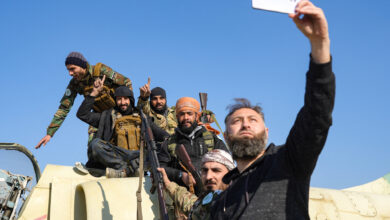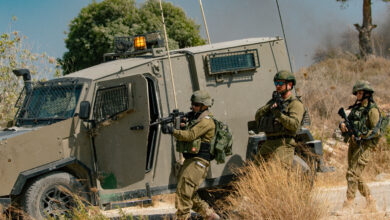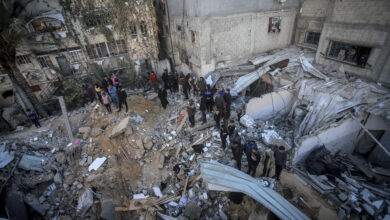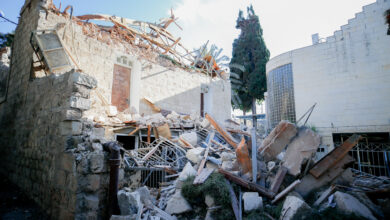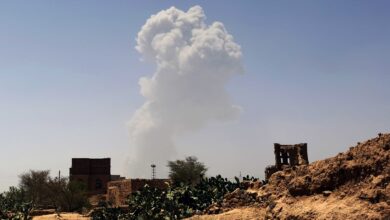Palestinian Killed in Gaza Clashes With Israeli Army: Local Authority
A week ago, Israel agreed to ease restrictions on Gaza, allowing more goods and equipment to enter the besieged territory.
A Palestinian man died Thursday and at least 15 more were wounded in night clashes with the Israeli army near the Gaza Strip border, the local health ministry said.
The 26-year-old man died of bullet injuries in the abdomen in the northern Jabaliya area, it said. One of the wounded was in a serious condition.
AFP journalists said there were protests in several areas along the border with projectiles being used against Israeli troops who riposted at times.
Several factions in Gaza had called for demonstrations to protest in particular against Israel’s almost 15-year-long blockade of the coastal enclave.
Earlier this week, Barel Hadaria Shmueli, an Israeli special forces sniper shot during clashes with Palestinians on August 21, died of his injuries.
The August 21 violence left around 40 people wounded, according to Hamas, Gaza’s rulers, including a 12-year-old Palestinian boy and a 32-year-old man.
It was a return to the marches of 2018, when Gazans began a protest movement demanding an end to Israel’s blockade and the right of Palestinians to return to lands they fled or were expelled from when the Jewish state was founded.
Hamas and Israel fought a devastating 11-day conflict in May, the worst between the two sides in years, which ended with an informal truce.
But incendiary balloons have continued to be launched from the Palestinian territory towards Israel in the months since, with Israel blaming Hamas and often retaliating with air strikes.
Israel on Wednesday said it would ease Gaza restrictions despite unrest, expanding Gaza’s fishing zone, increasing its water supply and allowing more Palestinian traders and goods to enter the Jewish state.
Israel said it was completely opening the Kerem Shalom crossing for the passage of equipment and goods and increasing water supply to the Gaza Strip by an additional 5 million cubic meters, or 175 million cubic feet.




